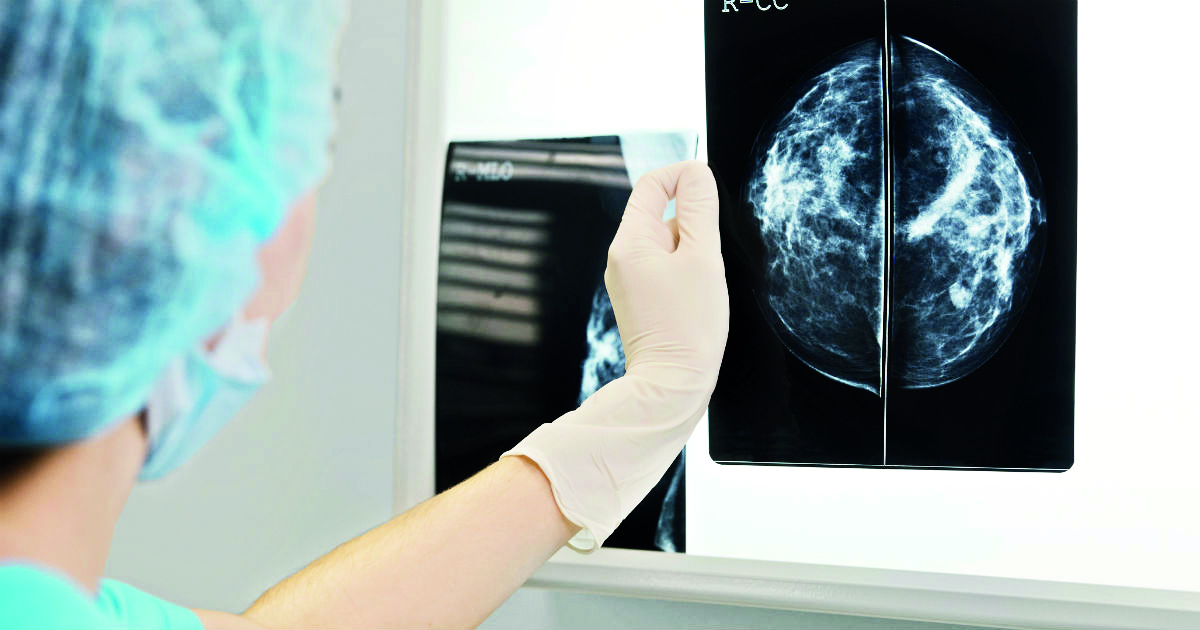Scientists call for increased screening for inherited defects in Indian anaemic patients

New Delhi: Researchers have uncovered inherited iron metabolism defects in anaemic patients in India, suggesting the need for “active screening and awareness of such rare diseases” in the population.
“This research is particularly important at this time to help reduce the burden of rare inherited defects in our country, devise strategies to identify the target at risk population for screening, and provide options for novel therapeutics or timely stem cell transplant,” said Amita Trehan, a lead researcher of the study led by the Postgraduate Institute of Medical Education and Research (PGIMER), Chandigarh.
Anaemia resulting from iron deficiency in the body is the most common cause of the disease globally. However, the condition is underdiagnosed due to lack of awareness or methodical screening, according to the study. Possible symptoms of anaemia are fatigue, dizziness, pale skin and headaches.
“In India, iron deficiency anaemia affects 30-40 per cent of children aged 2-5 years. With such high frequency, clinicians in outpatient departments, especially in peripheral healthcare facilities, end up prescribing oral iron to any child suffering from microcytic hypochromic anaemia upfront without systematic evaluation of a basic iron profile,” said the lead authors Trehan, Prateek Bhatia, and Pankaj Sharma from the Pediatric Haematology Oncology Unit, PGIMER.
Microcytic hypochromic anaemia refers to the condition in which the red blood cells are smaller than usual and show reduced redness.
“When the response to this treatment is suboptimal or absent, they (clinicians) are unsure how to proceed. In addition, they are puzzled when they encounter a case with anaemia and abnormal iron profile suggestive of iron overload without secondary evidence of hemolytic disease or hemoglobinopathy on screening,” said the lead authors of the study, which was published in The Journal of Molecular Diagnostics.
For the study, the researchers shortlisted nearly 300 anaemia cases from 2019 to 2022 after an initial screening. After excluding patients diagnosed with conditions such as inflammation and chronic bleeding, the team included 41 cases of suspected iron metabolism defects in their analysis. The authors explained that the iron metabolism defects, potentially causing anaemia, can be of two types -- sideroblastic or nonsideroblastic.
While the sideroblastic defects result when iron is abnormally used during the production of RBCs, the nonsideroblastic ones can block iron being utilised within the cells, they said. The next stage of analysis involved genomic analysis, which helped the researchers identify both these kinds of iron metabolism defects in the 41-case cohort.
The authors said they were “surprised” to find many of the rare sideroblastic defects in the cohort presenting either in late childhood or adulthood or being undiagnosed.



